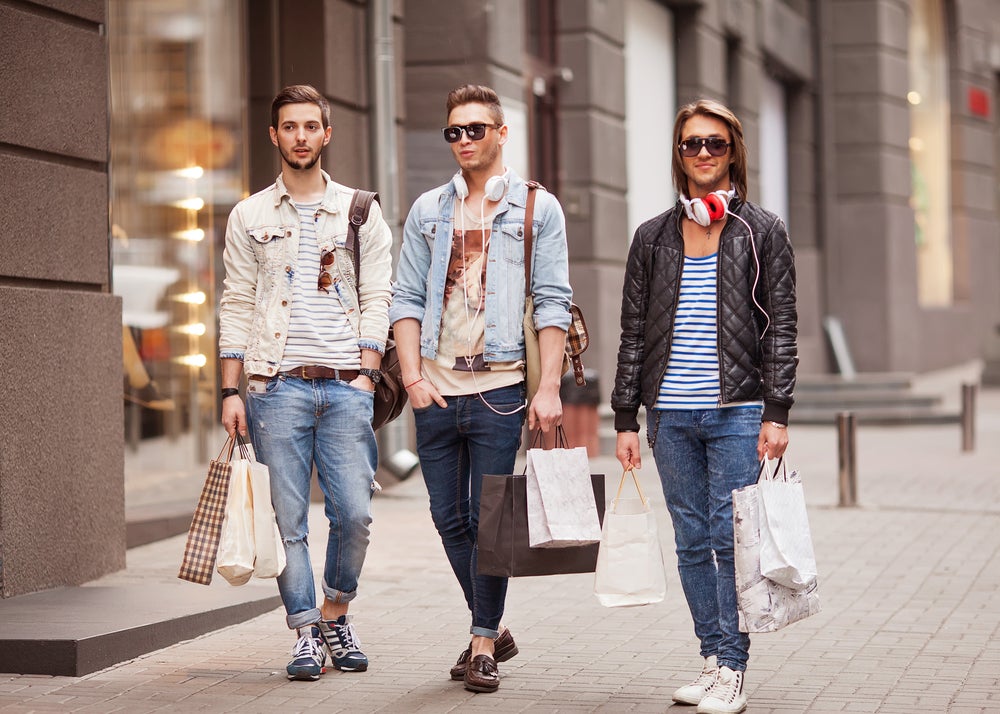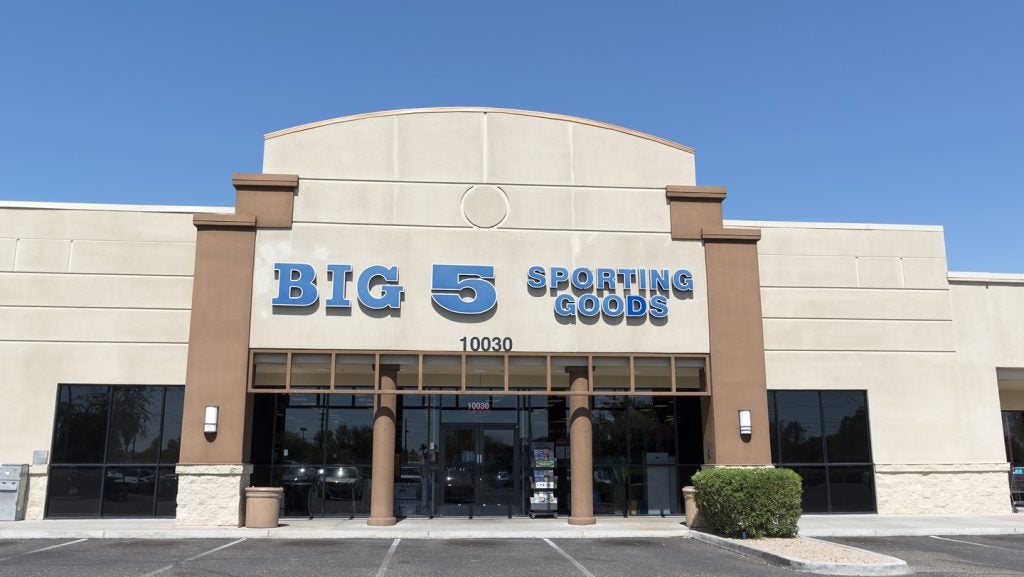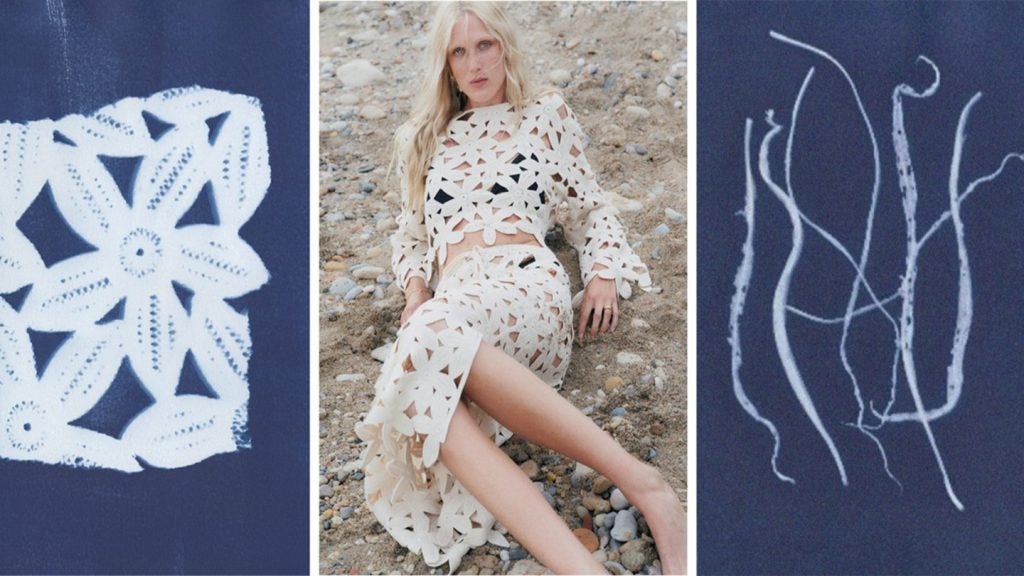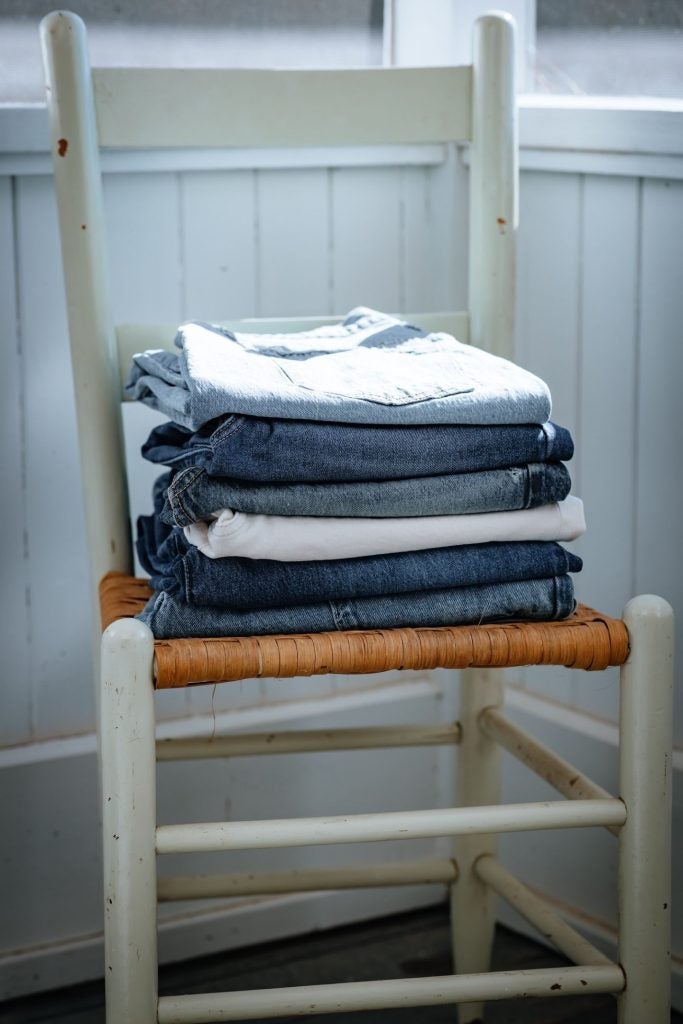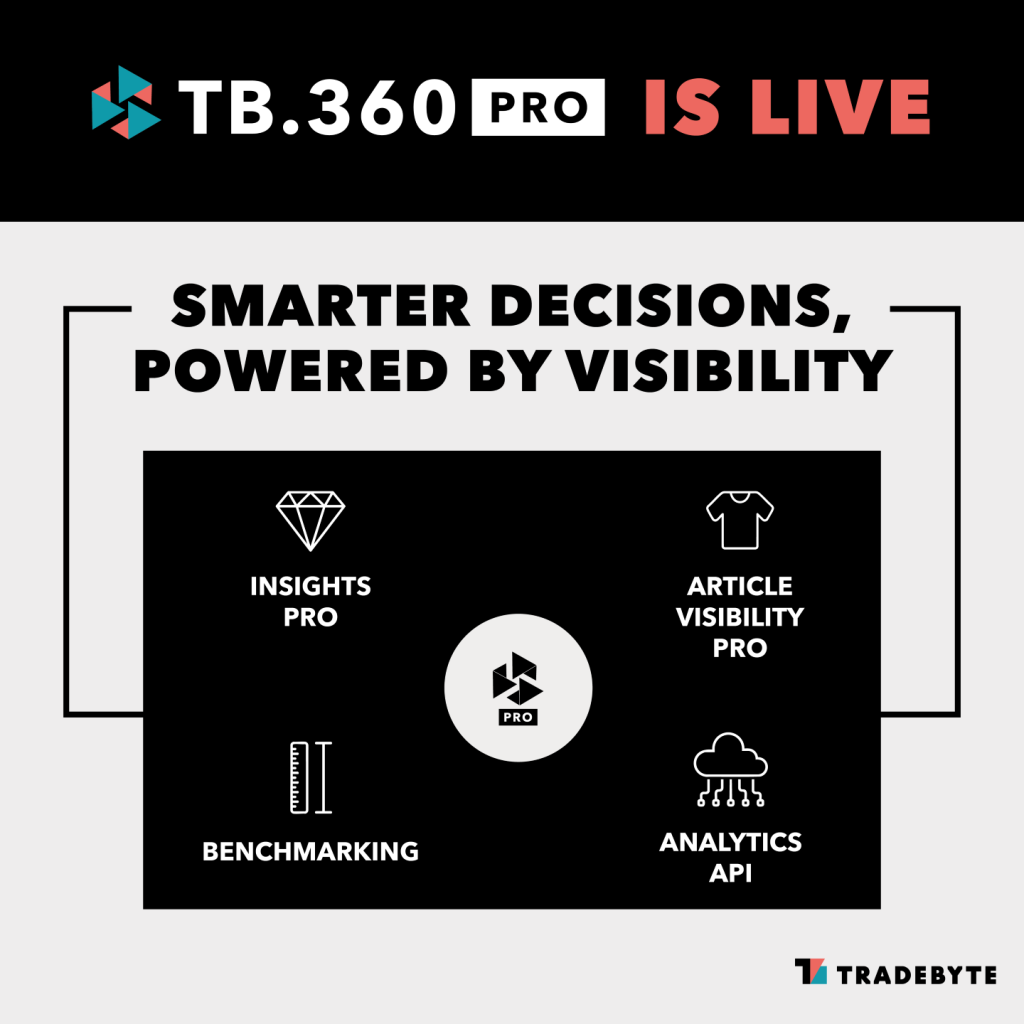The fashion industry has long been shaped by disruption — from evolving consumer preferences to fluctuating labour costs. But today, new and looming tariffs are creating urgent challenges for fashion and beauty brands already navigating inflation, supply chain uncertainty, and shifting digital habits.
Tariffs alone won’t break a brand but they’ve already driven clothing costs up by 17% this year, exposing cracks in models that aren’t built for long-term flexibility. And whether your brand is feeling the effects now or preparing for what’s ahead, the real question isn’t “how do we survive?” but, “how do we adapt without compromising who we are?”
The most successful brands are using this moment not to panic, but to plan. Rather than slashing spend or implementing blanket price hikes, they’re using this moment to refine operations, double down on data, and make bold but informed moves that protect profitability without compromising brand integrity.
How fashion brands can adapt and stay profitable as tariffs rise
1. Be strategic about price increases
Raising prices is often a go-to tactic to offset higher costs but in fashion, where consumer expectations are high and customers are price sensitive, it can’t be done blindly.
That’s why the smartest brands are taking a more nuanced approach, blending pricing strategy with storytelling, segmentation and customer education.
Here’s what to do:
- Test price increases on select SKUs before rolling out across the board
- Be transparent. Communicate the "why" behind pricing changes in a way that reinforces brand values (e.g. sustainability, quality, ethics)
- Use segmentation to target price increases toward audiences with higher price tolerance
- Reinvest a portion of price gains into elevating the brand experience across packaging, service and retention programmes.
Customers will accept price changes if they believe they’re getting more in return. Without a plan to reinforce value, higher prices can quickly erode loyalty and brand perception.
2. Hold the line on pricing but get ruthlessly efficient
Some brands are going on offense, absorbing tariff-driven cost increases to maintain pricing and capture market share while others pause to recalibrate. This strategy can be effective in crowded or commoditised categories, but it only works with deep clarity around financial fundamentals.
Specifically, brands must move beyond surface-level performance metrics to understand:
- Contribution margin vs. gross margin
- Cohort-level LTV and payback periods
- Repeat purchase behaviour and purchase frequency.
Maintaining prices may win short-term volume, but it can’t come at the expense of long-term profitability. That’s why this strategy works best for brands with strong retention loops and a high-frequency SKU mix (e.g. basics, essentials, replenishable items).
To make this strategy viable:
- Optimise your media mix for iROAS (Return on Ad Spend) and incrementality, not just ROAS
- Identify and double down on acquisition channels with short payback windows
- Build retention pathways (subscriptions, loyalty programmes) to extend LTV and minimise reacquisition costs.
Maintaining prices may help you win volume now but profitability will depend on your ability to acquire and retain customers efficiently over time.
3. Reevaluate sourcing to create long-term flexibility
New tariffs are putting a spotlight on sourcing decisions and pushing brands to revisit global supply chain dependencies. While many procurement strategies were built for scale, they weren’t always built for flexibility.
Now, flexibility is the priority.
This doesn’t mean an overhaul. Instead, it means being honest about where the risk lives in your SKU mix and where you have room to maneuver. For example:
- Audit which SKUs carry the highest tariff exposure and prioritise alternatives
- Model multiple scenarios (10%, 15%, 25% tariff increases) and stress test your margins
- Explore nearshoring and contract renegotiations that trade a bit of cost for greater certainty
- Align sourcing decisions with your customer promises especially around speed, sustainability and consistency.
Brands that move now will be better positioned to avoid rushed decisions later.
4. Spend smarter, not less on marketing
With tariff and production costs on the rise, fashion brands are being forced to scrutinise every line of the P&L, including their media spend. But cutting indiscriminately can be dangerous. The real opportunity lies in making your dollars work harder.
That’s where incrementality comes in. Brands are rethinking what performance actually means such as moving away from vanity metrics like ROAS and instead optimising toward measurable business outcomes.
Here are some strategies to drive marketing efficiency:
- Refresh product feeds and DPAs to prioritize high-margin, top-performing SKUs
- Eliminate underperforming creative and shift to user-generated content or influencer partnerships that boost engagement and authenticity
- Reallocate spend toward high-ROAS, conversion-ready audiences and pull back on low-return prospecting
- Test “margin-smart” promotions like gift with purchase (GWP), limited-time bundles, or tiered pricing to boost AOV without eroding brand value.
In fact, one feminine fashion brand saw this firsthand. By shifting from a traditional attribution model to an incrementality-based strategy, they reallocated spend toward high-impact platforms like Meta and TikTok while pulling back on low-yield channels like brand search. The results were telling: a 36% drop in new customer acquisition costs, a 9% lift in average order value, and 21% revenue growth — all with 35% less ad spend. Performance marketing needs a smarter lens in volatile conditions. Efficiency isn’t about spending less, it’s about knowing what moves the needle.
Looking ahead
The strongest brands aren’t just responding to external conditions, they’re using them as an opportunity to refine their positioning, deepen loyalty and get smarter across the board. In this environment, success belongs to the brands that stay agile, connected to their data and bold enough to act before they have to.
About the author
Hanna Lane is the Group Director of Fashion at Power Digital, a tech-enabled growth firm at the intersection of marketing, consulting and data intelligence, igniting revenue and brand recognition for leading and emerging companies around the world. As co-founder of Power Fashion, Hanna leads strategic growth initiatives for fashion and lifestyle brands, combining creativity, data, and deep industry insight to drive record-breaking performance across revenue, scale, and efficiency.
With a sharp eye for cultural trends and a deep understanding of consumer behaviour, Hanna develops innovative, full-funnel strategies that resonate across platforms and customer segments. Her approach blends storytelling with precision performance marketing, making her a trusted partner to both legacy fashion houses and emerging DTC brands.
Hanna is passionate about helping fashion brands scale without losing their identity, and she continues to shape the future of performance fashion marketing through her work with some of the industry’s most influential names.


